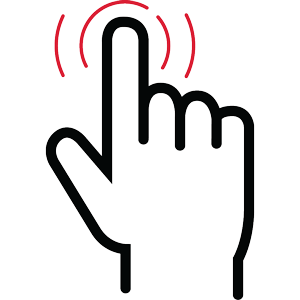
The point of caring™.
PTS Diagnostics is a manufacturer of high quality lipid panel, blood glucose, and A1C testing systems.
We believe that by providing accurate, affordable, and portable point-of-care testing solutions to healthcare providers and home users, we can help close gaps in care for people with diabetes, cardiovascular disease risk factors, and related chronic diseases.
Why choose
CardioChek® & A1CNow®?*
CardioChek® & A1CNow®?*
Our test systems are designed to meet patients where they are:
Physician’s offices, pharmacies, mobile health clinics, hospitals, universities, workplaces, and even at home.
*Products may not be approved in all countries or regulatory jurisdictions. Contact your local sales representative, distribution company, or
PTS Diagnostics customer support for more information

Fast
Test results in minutes.

Accurate
Analyzers meet national standards for accuracy and precision.

Lightweight
Analyzers take up little storage space and are light weight.

Battery-Powered
No charging or electrical outlets needed.

Room Temp Storage
Test strips and test cartridges do not require refrigeration.

Easy to Use
CLIA-waived. Online training available.
Designed with healthcare accessibility in mind.
Designed with healthcare accessibility in mind.
Access to health care is critical in controlling risk factors associated with cardiovascular disease and diabetes.
Our test systems can be adapted to nearly any healthcare environment.1 2
Designed with healthcare accessibility in mind.

Great for:
- Self-Testing
- Home Health
- Mobile Clinics
- Community Health
- Primary Care
- Pediatrics
- Pharmacies
- Occupational Health
- Wellness Screening
Connect & Share
Connect & Share
With the PTS Connect® family of products*—Blu-Adapter, Blu-Dock, and Printer —
you can develop a way to share test results that works best for you and your organization.
*Products may not be approved in all countries or regulatory jurisdictions. Contact your local sales representative,
distribution company, or PTS Diagnostics customer support for more information.



